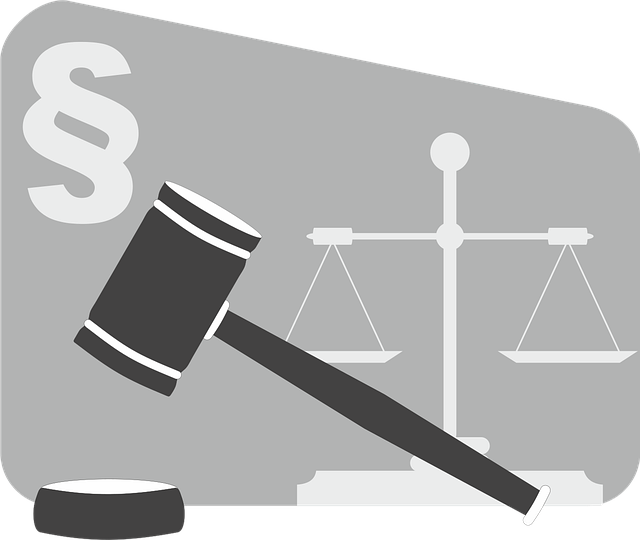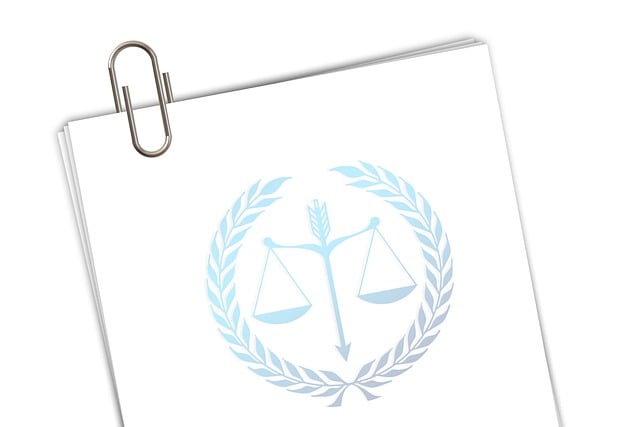The Civil Litigation Process for Patent Infringement is a key tool against securities scams, offering investors justice and restitution. This process involves identifying infringers, gathering evidence, negotiations, federal lawsuits, subpoenas, and court-ordered damages/injunctions. Skilled legal representation is vital to successful defenses, with well-prepared cases backed by solid documentation significantly improving outcomes. Protecting yourself requires awareness of common scams, thorough research, and involving law enforcement. Case studies show patent infringement suits can dismiss charges, safeguard intellectual property rights, and deter future infringements through substantial rewards for plaintiffs.
In the intricate world of securities, understanding potential scams is crucial for investors. This article serves as a comprehensive guide, exposing common tactics used by fraudsters and offering insights into the complex landscape of patent infringement. We delve into the role of civil litigation in recovering losses and provide essential precautions to protect yourself. By exploring real-world case studies, readers gain valuable knowledge on navigating the legal process for patent infringement claims, empowering them with awareness to avoid securities scams.
- Understanding Patent Infringement Basics
- Common Securities Scam Tactics
- The Role of Civil Litigation in Recovery
- Protecting Yourself: Awareness and Precautions
- Case Studies: Successful Patent Infringement Suits
Understanding Patent Infringement Basics

When it comes to patent infringement, understanding the basics is crucial for both inventors and businesses looking to protect their intellectual property. Patent infringement occurs when an individual or entity makes, uses, sells, or imports a patented invention without authorization from the patent owner. This can take various forms, including direct copying or creating a similar product that performs the same function using different components.
The Civil Litigation Process for Patent Infringement involves all stages of the investigative and enforcement process. It begins with identifying potential infringers, conducting thorough investigations, and gathering evidence to prove infringement. If negotiations fail, patent holders can file a lawsuit in federal court. The court will then assess the case, issue subpoenas, and potentially order an infringer to pay damages or an injunction to stop infringing activities. A successful outcome may result in a complete dismissal of all charges, underscoring the importance of a robust general criminal defense strategy for entities facing such allegations.
Common Securities Scam Tactics

Securities scams are a common threat to investors, often disguised as legitimate investment opportunities. Con artists employ various tactics to lure victims into their traps, and understanding these strategies is crucial in protecting yourself. One of the most prevalent methods is the promise of high returns with little to no risk, a tactic known for its allure but also its deceptiveness. Scammers may present fictional business models or overstate the potential gains of an investment, enticing unsuspecting individuals to part with their money.
Another common scam involves fraudulent offerings, where false securities are peddled as genuine investments. These can include non-existent assets, inflated stock values, or manipulated financial data. Some scammers also use pressure tactics, creating a sense of urgency and encouraging quick decisions without proper due diligence. Understanding these common tricks is the first step in avoiding them. Moreover, being aware of the civil litigation process for patent infringement and its unprecedented track record in holding wrongdoers accountable can serve as a deterrent for potential scammers, ensuring that they face consequences for their deceptive actions throughout all stages of the investigative and enforcement process.
The Role of Civil Litigation in Recovery

When securities scams are involved, civil litigation plays a pivotal role in recovering losses and holding wrongdoers accountable. The Civil Litigation Process for Patent Infringement offers a structured framework to address violations, ensuring that victims have a legal avenue to seek justice. This meticulous process involves several steps designed to navigate the complexities of financial fraud, ultimately aiming to achieve extraordinary results.
Through skilled legal representation, investors can initiate proceedings, presenting compelling evidence to support their claims. The respective business entities and individuals responsible for the scams may face winning challenging defense verdicts if the prosecution fails to meet the required legal standards. However, a well-prepared case, backed by solid documentation, increases the chances of successful outcomes, resulting in restitution for victims and setting precedents for future cases.
Protecting Yourself: Awareness and Precautions

Protecting yourself from securities scams involves heightened awareness and taking proactive precautions. Educate yourself about common scam tactics, such as high-pressure sales pitches or promises of quick riches. Be wary of investments that seem too good to be true, and always do thorough research on any investment opportunity before committing your funds.
In the event of suspected fraud, don’t hesitate to involve law enforcement and seek legal counsel. The civil litigation process for patent infringement, while not directly related to securities scams, underscores the importance of due diligence and understanding legal protections. By staying informed and taking preventive measures, you can significantly reduce the risk of becoming a victim and ensure a complete dismissal of all charges if you’re ever caught in a scam’s web.
Case Studies: Successful Patent Infringement Suits

Patent infringement suits serve as powerful tools in the civil litigation process for protecting intellectual property rights. Case studies highlight successful instances where individuals or companies have employed this legal strategy to its fullest. One such example involves a technology startup that developed an innovative software algorithm, only to discover a rival company illegally copying and implementing their creation. Through meticulous documentation and expert testimony, the plaintiffs secured a complete dismissal of all charges against them, demonstrating the effectiveness of civil litigation in holding infringers accountable.
These suits often progress through various stages, from preliminary injunctions to jury trials, where intricate legal arguments and complex technical details come into play. The white-collar defense strategies employed by accused parties can be sophisticated, but the rewards for victory are significant—not only in financial compensation but also in sending a strong message that patent infringement will not be tolerated.
In navigating the complex world of securities, understanding common scams and knowing your rights is paramount. By grasping the basics of patent infringement, recognizing scam tactics, and exploring civil litigation as a recovery tool, individuals can better protect themselves against malicious schemes. The case studies presented offer inspiring examples of successful patent infringement suits, emphasizing the importance of awareness and proactive precautions. Remember that staying informed and taking preventive measures are key to safeguarding your investments and personal interests in today’s digital era.






